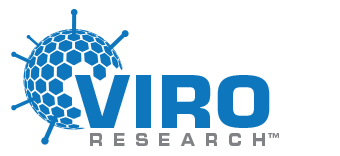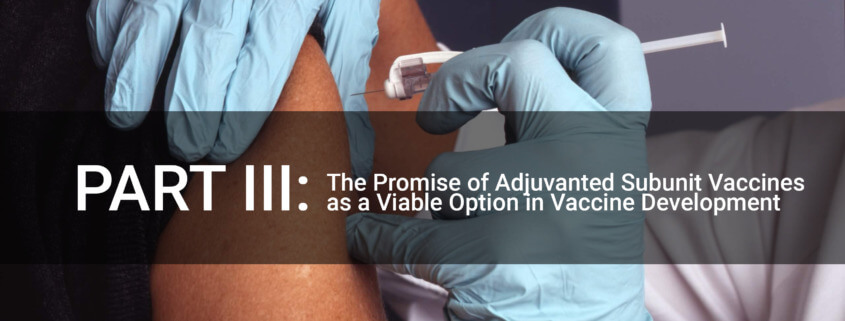INTRODUCTION: In the last several years, a new approach to viral vaccine design has shown great promise. Vaccine makers are looking to see if the success can be replicated with other vaccines. Shingles is a viral infection that is caused by reactivation of varicella zoster virus (VZV), causing chickenpox upon primary exposure. The incidence of shingles increases with age due to the decline in natural immunity. In some populations, such as those in Australia, data shows that approximately 50% of the population will develop shingles. Vaccination is the only way to reduce the number of shingles cases. Research has shown that the SHINGRIX vaccine produces a 24-fold increase in T cells, which is 12 times higher than other less effective shingles vaccines. The possible explanation for this boost in long term immunity to shingles was presented in a paper by Cunningham et al1.
DISCUSSION: In October 2017, the FDA approved SHINGRIX (Zoster Vaccine Recombinant, Adjuvanted) for the prevention of herpes zoster (shingles) in adults aged 50 years and older. The previous live attenuated VZV vaccine (Zostavax, Merck Sharpe & Dohme Corp.) showed reduced efficacy as age increases, declining to only 18% in those over 80 years of age. The recombinant glycoprotein E (gE) subunit vaccine, SHINGRIX was developed to overcome these efficacy limitations due to age. This vaccine contains the recombinant VZV gE protein and the AS01B adjuvant system. It is suspected that the use of a single viral glycoprotein with this adjuvant is responsible for the 24-fold increase in CD4 T-cell responses to this vaccine. Cunningham et al1 discusses the details of this adjuvant system. AS01B contains Quillaja sponaria Molina, fraction 21 (QS21; licensed by GSK from Antigenics LLC- Agenus Inc) and 3-O-desacyl-4′-monophosphoryl lipid A (MPL). AS01B stimulates a local and transient activation of the innate response leading to the recruitment and activation of antigen-presenting dendritic cells. QS21 is an adjuvant that induces transient local cytokine responses and activation of dendritic cells and macrophages in muscle and draining lymph nodes in animal models. The toll-like receptor type 3 agonist MPL synergizes with QS-21 to enhance the immune response to the co-administered antigen through the production of interferon-gamma (IFN-γ). Phase I and II trials demonstrated that a single vaccine dose elicits substantial humoral and cell mediated immune (CMI) responses that further increase after a second dose two months after the initial dose. Each vaccine dose combines 50 µg purified gE with the AS01B adjuvant containing MPL (50 µg), QS-21 (50 µg) within liposomes. Overall, vaccine recipients ≥50 years of age showed a 24.6-fold increase in gE-specific CD4 cells. This is in comparison to placebo recipients (saline only) where there was no change in gE-specific CD4 T-cell frequencies after vaccination at any time point. Humoral responses were elevated in all age groups throughout the 36-month observation, with slightly lower immune response in those over age 70 years. While a high, persistent circulating antibody response is induced, gE-specific CMI is believed to be the main mechanistic driver of protection against herpes zoster. The phase II clinical trials induced a gE-specific CMI response in > 90% of recipients. Peak CD4 T-cell frequencies were observed at 1 month following dose 2, then declined substantially by 12 months after dose 2, and remained stable for the remainder of the study. This vaccine has a multi-fold increase in humoral and CMI responses compared to the previous live-attenuated vaccine. It is thought that the ability of SHINGRIX to elicit this substantial immune response in older age groups is likely due to the capacity of AS01B Adjuvant System to enhance gE-antigen presentation by increasing the number of activated antigen-presenting cells. In addition, AS01 promotes T-cell responses through a synergistic effect between MPL and QS-21, involving the stimulation of macrophages in the draining lymph node and early IFN-γ production, which in turn mediates the effects on dendritic cells. Cunningham suggests another factor possibly enhancing the immune response is that the previous live-attenuated vaccine induces a broad response against multiple antigens, while the SHINGRIX vaccine immune response is directed against a single immunodominant antigen, which indicates that a strong narrowly focused immune response can be highly protective, even against a complex viral pathogen that possesses multiple immune evasion pathways.
DISCUSSION: Two doses of the SHINGRIX vaccine induced robust humoral and cellular immune responses in all age groups (especially people ≥70 years). It is thought that the ability of this vaccine to induce such persistent antibody and polyfunctional CD4 T-cell responses in older adults is due to using a single viral antigen in combination with the use of the AS01B adjuvant system which apparently can overcome the immunosenescence seen with age.
- REFERENCES:
1) Anthony L. Cunningham, T.C. Heineman, H. Lal, O. Godeaux, R. Chlibek, S.-J. Hwang, J. E. McElhaney, T. Vesikari, C. Andrews, W. S. Choi, M. Esen, H. Ikematsu, M. K. Choma, K. Pauksens, S. Ravault, B. Saluan, T. T. Schwarz, J. Smetana, C. V. Abeele, P. Van-den-Steen, I. Vastiau, L. Y. Weckx, and M. Levin. (2018). Immune Responses to a Recombinant Glycoprotein E Herpes Zoster Vaccine in Adults Aged 50 Years or Older. JID 2018:217;1750-1760. https://DOI.org/10.1093/infdis/jiy095



